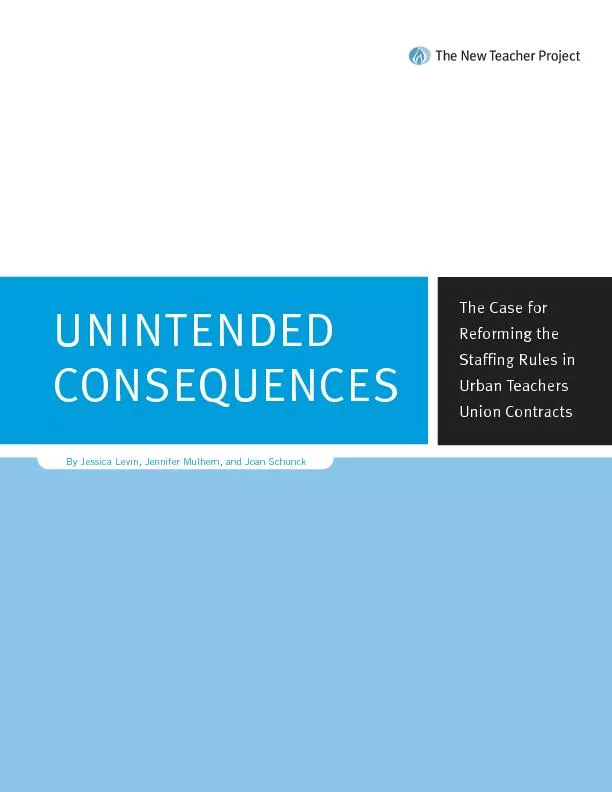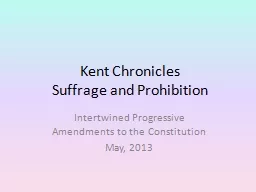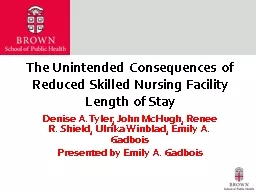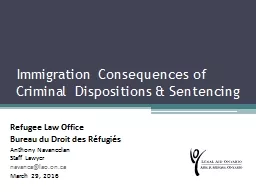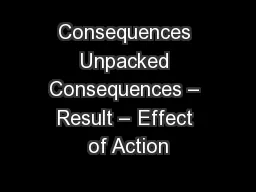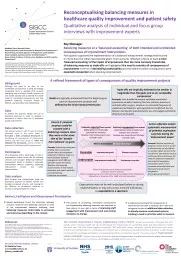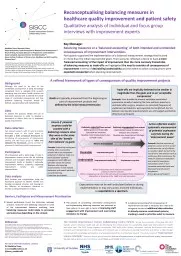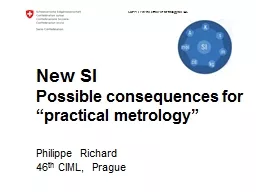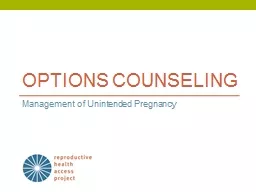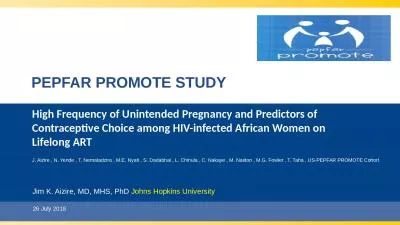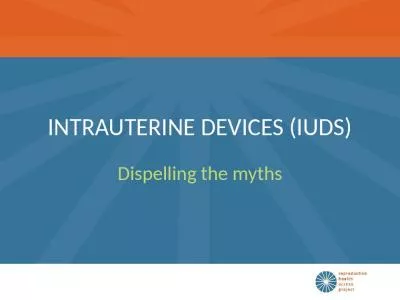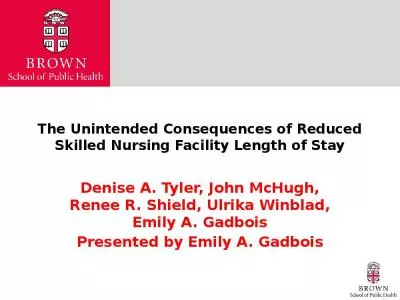PDF-Unintended consequences
Author : conchita-marotz | Published Date : 2017-03-23
3 Foreword 4 8 CHAPTERONE Teacher Transfer and Excess Rules in Urban Contracts How They Work 12 CHAPTERTWO The Impact on Urban Schools 31 CHAPTERTHREE Recommendations
Presentation Embed Code
Download Presentation
Download Presentation The PPT/PDF document "Unintended consequences" is the property of its rightful owner. Permission is granted to download and print the materials on this website for personal, non-commercial use only, and to display it on your personal computer provided you do not modify the materials and that you retain all copyright notices contained in the materials. By downloading content from our website, you accept the terms of this agreement.
Unintended consequences: Transcript
Download Rules Of Document
"Unintended consequences"The content belongs to its owner. You may download and print it for personal use, without modification, and keep all copyright notices. By downloading, you agree to these terms.
Related Documents

